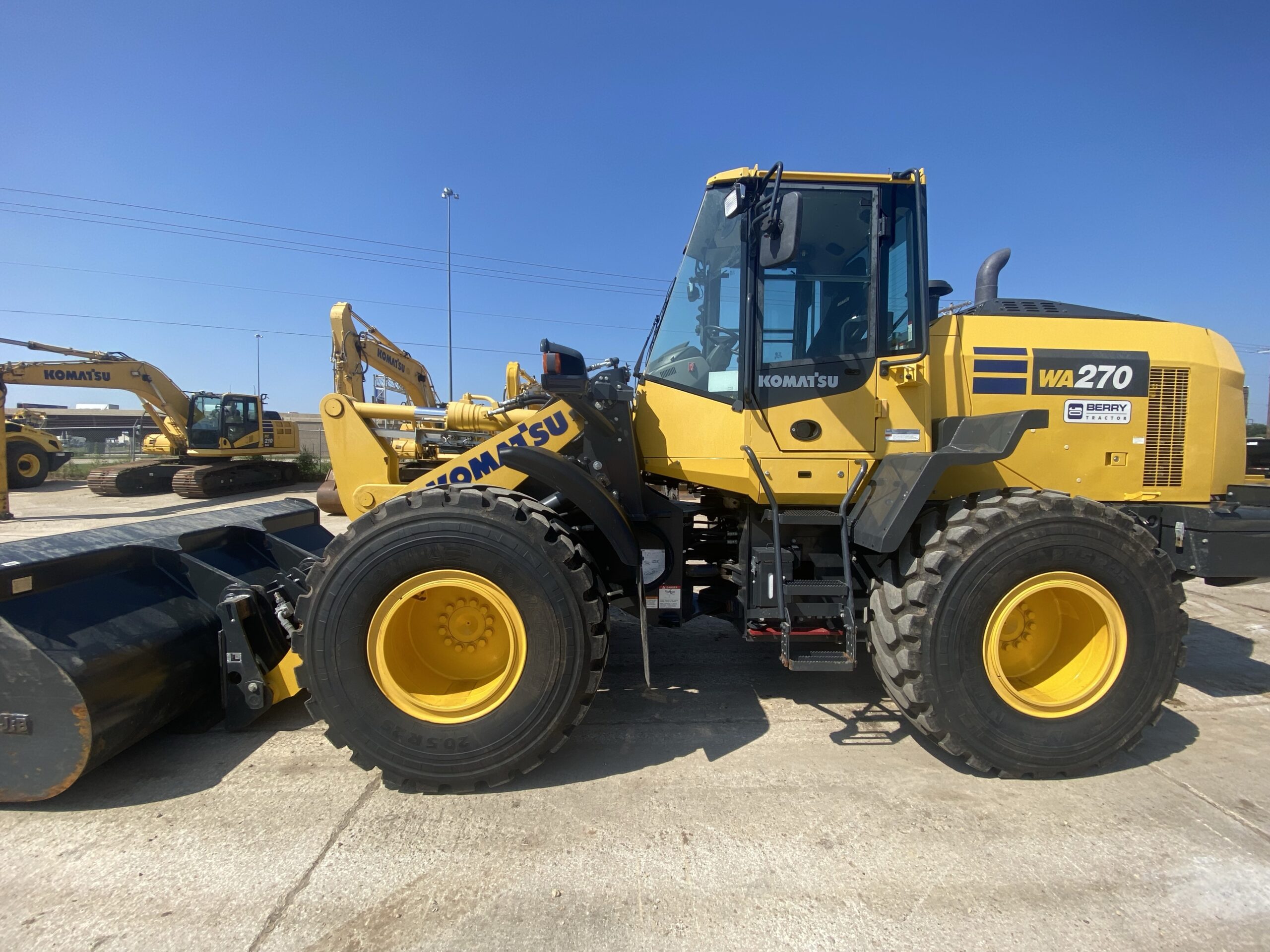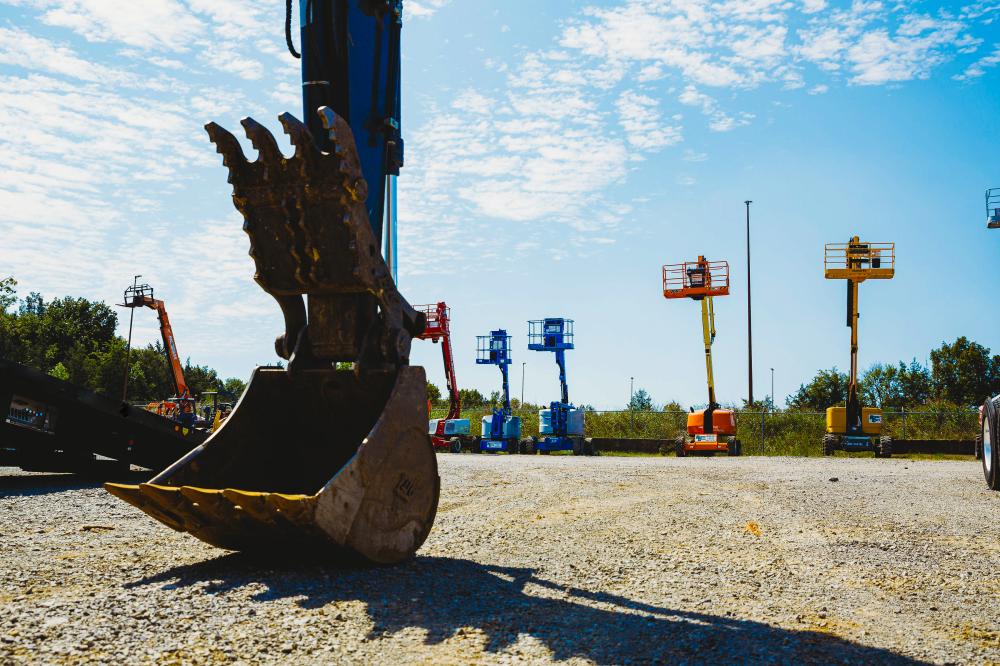Required Heavy Equipment Rental? Choose Our Mini Excavator Rental and Boom Lift Rental Alternatives
Required Heavy Equipment Rental? Choose Our Mini Excavator Rental and Boom Lift Rental Alternatives
Blog Article
Vital Tips for Managing Heavy Devices Rental Arrangements and Logistics Successfully
Properly managing hefty equipment rental arrangements and logistics is essential for the success of any job that depends on these sources. A comprehensive understanding of rental terms, combined with precise evaluation of devices requirements, lays the structure for beneficial arrangements. Coordinating transport logistics and preparing for continuous maintenance can significantly lower unanticipated expenses and delays. However, the intricacies of these aspects often present difficulties that call for strategic insight. What are the crucial considerations that can transform these possible risks into chances for effectiveness and cost-saving?
Understand Rental Terms
Understanding rental terms is crucial for successful hefty tools monitoring. The rental period specifies the timeframe for which the devices is rented, affecting budgeting and project timelines.
In addition, it is crucial to comprehend the maintenance obligations detailed in the contract. Usually, rental business preserve the equipment, but understanding that is responsible for regular checks and fixings is essential to stop functional disturbances. Furthermore, terms may consist of clauses worrying obligation for damages or theft, which can have serious financial effects otherwise correctly comprehended.

Assess Equipment Requirements
Analyzing equipment needs is a crucial step for any type of task supervisor intending to optimize resource allotment and boost functional efficiency. This process involves a complete analysis of the project needs, including certain jobs, timelines, and the sort of equipment essential to attain desired outcomes.
Begin by determining the range of the job and the jobs that will certainly be carried out. Take into consideration elements such as the terrain, the scale of operations, and any prospective obstacles that can influence equipment selection. Engaging with staff member that will certainly run the equipment can provide useful insights into useful demands and preferences.

Next, assess the capability and capabilities of available equipment options. It is important to match the right tools to the jobs available, guaranteeing that it can handle the expected workload without endangering safety and security or efficiency.
Furthermore, element in the rental period and frequency of usage. Recognizing these components can aid figure out whether renting out or acquiring is the most cost-effective option. By conducting a comprehensive assessment of tools requirements, project supervisors can make educated decisions that lead to enhanced productivity and lowered operational expenses.
Negotiate Efficiently
When the equipment needs are plainly identified, the following action includes effective arrangement with rental business to safeguard desirable terms. A well-prepared negotiation strategy is necessary for accomplishing the very best possible offer. Begin by looking into various rental business to understand their pricing frameworks, supply availability, and track record. This knowledge will equip you throughout negotiations and assist you establish reasonable expectations.
When coming close to the arrangement table, be clear regarding your requirements, including the type of tools, rental period, and any kind of extra services you may require. This openness enables rental why not find out more companies to offer customized solutions that can meet your details requirements (heavy equipment rental). Don't wait to request discounts, specifically for long-term services or mass orders, as many firms agree to provide giving ins to safeguard bigger agreements
These factors can substantially impact the overall price and should be clearly laid out in the rental arrangement. Guarantee that all agreed-upon terms are documented in creating to avoid misunderstandings and safeguard your interests throughout the rental period.
Coordinate Transport Logistics
Coordinating transport logistics is an essential element of handling hefty tools rental contracts. Efficient transportation makes sure that devices is delivered on schedule and in optimum problem, consequently minimizing downtime and enhancing task effectiveness. To accomplish this, it is vital to establish a comprehensive logistics plan that details the entire transportation process from pick-up to distribution.
Begin by examining the specific transport demands based on the kind and dimension of the devices included - aerial lift rental. Engage with trustworthy transport providers that specialize in hefty equipment to guarantee they possess the required proficiency and tools, such as flatbed vehicles or specialized trailers. Go over variables such as weight limits, route restrictions, and called for licenses to prevent unforeseen delays
Moreover, keep open interaction with both the rental company and the transport copyright to collaborate routines effectively. By meticulously coordinating transportation logistics, you can promote the integrity of your rental contract and help with smooth task implementation.
Plan for Maintenance and Assistance

In addition, it is crucial to connect directly with the rental copyright concerning upkeep duties. Some agreements might include maintenance as component of the rental service, while in various other cases, the onus may fall on the tenant. Recognizing these terms will assist prevent unforeseen expenses and obligations.
Additionally, having access to technological support can be important. Guarantee that the rental company provides 24/7 support or an emergency contact, permitting speedy resolution of any kind of equipment problems. Training your group on appropriate tools usage and routine checks can also significantly enhance operational performance.
Conclusion
In final thought, effective management of heavy devices rental agreements and logistics hinges on a complete understanding of rental terms, specific assessment of equipment needs, and experienced negotiation abilities. Stressing clear useful site interaction with all stakeholders remains crucial in browsing the intricacies of equipment service and logistics administration.
Successfully taking care of heavy equipment rental arrangements and logistics is important for the success of any kind of job that depends on these resources. By completely reviewing and recognizing these rental terms, companies can make educated decisions, alleviate risks, and ensure that their hefty devices monitoring aligns with project goals and economic restraints.Coordinating transport logistics is an important aspect of managing heavy equipment rental arrangements.In conclusion, reliable administration of heavy equipment rental arrangements and logistics joints on a detailed understanding of rental terms, precise evaluation of tools needs, and experienced negotiation abilities. Highlighting clear interaction with all stakeholders remains critical in navigating the intricacies of equipment leasing and logistics monitoring.
Report this page